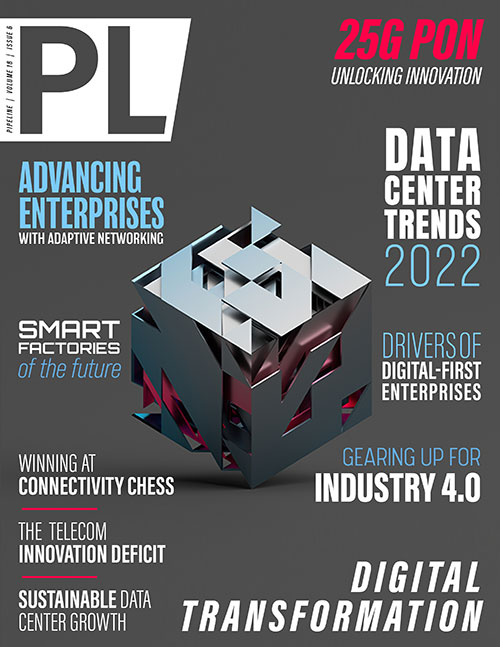Winning at Connectivity Chess in the
Edge Ecosystem
By: Ben Edmond

Here’s a quick thought experiment: visualize the edge connectivity landscape as a chess board. Maybe 5G providers are our rooks, MSOs and other broadband providers are bishops, edge data center operators are knights and hyperscalers get to be the royalty, just for sake of argument. Pawns will represent our infrastructure assets: fiber, cable, towers, and data centers.
What are the most critical pieces of knowledge we need to win a game?
First, we have to know where all the pieces are on the board. It wouldn’t make sense to even start the game otherwise. Second, it’s critical to know how those pieces function. (Players who don’t know bishops move diagonally any number of squares and knights operate in an “L” shape won’t get far.) Lastly, understanding how those pieces can work together to achieve a common goal is the strategy needed to win. Which pieces can work together to corner a king (or hyperscaler)?
It’s a simple, imperfect metaphor, but the lessons translate: connectivity players need that same depth of knowledge in order to win, and a thorough understanding of the ecosystem of players at the edge—the most proximate to the end user consumer—is critical. No piece is an island.
The edge ecosystem
In the connectivity industry, we know that coordination between the key entities is vital in serving up the best possible solution for the end user. Because capital intensity is a pervasive challenge, infrastructure sharing among towers, data centers and spectrum is in full force, including roaming agreements, network sharing and other arrangements. MSOs are tapping into 5G provider networks to get their wireless solutions off the ground while they build out their own 5G infrastructure strategy, which means more choice and a faster network for consumers. As STL Partners states, “5G and edge computing are two inextricably linked technologies: they are both poised to significantly improve the performance of applications and enable huge amounts of data to be processed in real-time.”
Of course, it’s more nuanced than these various players working together in harmony. The complicated relationship status between the providers in the edge ecosystem is certainly one of competing priorities. In fact, the burgeoning edge is trying to orchestrate three distinct ecosystems, including mobile providers (4G and 5G), the cloud and the broadband community. It’s “co-opetition” to a tee—and that’s probably how it needs to stay for the success of global networks as they cooperatively work to implement next-gen technologies and meet rising end-user expectations. 5G, cloud and broadband providers need to coexist, but they each have different priorities and needs in terms of location of edge, peering fabric changes and timing.
5G has good “zero-to-60 ratings” coming out of the box and will have a major impact on where the new edge will be built. 5G providers are thinking about how they create a compelling customer experience for their wireless services. Meanwhile, broadband providers—the other big constituents in the edge ecosystem—are introducing their competing 5G services to couple with last-mile reach, which is going to lead to a very interesting battle over the next two to five years. Their priorities center on how their existing content and IP networks are physically structured and located in their peering fabric, with their competitive advantage deriving from a combination of fixed assets plus new spectrum assets. Meanwhile, content providers such as Facebook, Netflix and Google present yet another set of competing priorities, and edge data center operators have their own agenda to partner with 5G and broadband providers.
Despite the very different goals and biases of these distinct market segments, alliances are proving essential. The entire system, however, of visualizing and going to



















